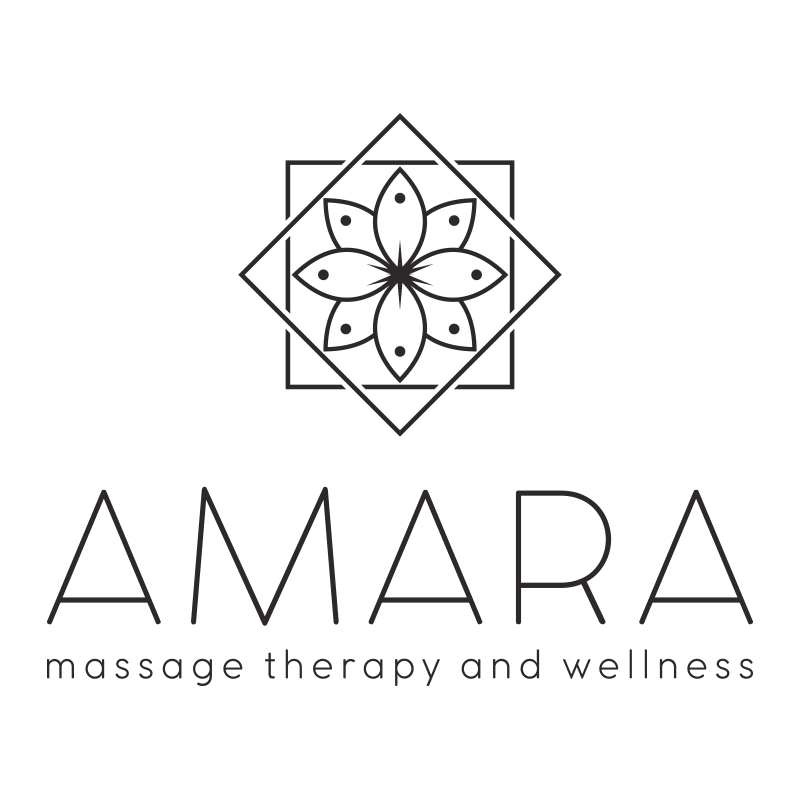Brittany Lee-Anderson
2 Minute Read
The breath should be automatic right?
The body should know instinctually how to breathe, otherwise wouldn’t we perish? Definitely, but how we breathe is key. For different reasons most of us rarely breathe to our fullest capacity, therefore depriving ourselves of the precious energy producing molecule called oxygen. Stress is a huge contributing factor that creates unconscious constriction of our diaphragms which contributes to shallow, chest breathing. The lack of education about the breath (what? that is a thing?) also contributes to the chest breathing epidemic. Eventually shallow breathing becomes a habit, which leads to a lack of oxygen getting to our cells, which is the name of the game when it comes to cellular function, energy, toxin removal, muscle contraction, etc.
How does breathing help during a massage?
Breathing deeply and slowly is very important to do during your massage. By slowing down your breath and allowing more oxygen into your lungs allows an increased transfer of oxygen to the muscle, therefore improving cellular function, which equals more exchange within the tissue. Rather than suffocating the tissue you will increase the muscles ability to relax! You will be able to feel more sensation during your massage because breathing deeply helps shift the body into a “rest and restore” state, which allows the nervous system to freely communicate with the rest of the body.” Just breathe” is the infamous saying, which is so true in this case. The more we breathe, the more we relax. Goes hand in hand with massage.
How does one breathe?
- Here is quick link, about 1 minute long, that shows a quick technique on how to practice diaphragmatic breathing. https://www.youtube.com/watch?v=hmi6sNG9ttM
- Here is a much longer and more extensive video on breathing and how to breathe properly if you have 20 minutes. https://www.youtube.com/watch?v=pKZCGVSxmas
For more information on stress and “rest and restore”, Check out my blog on What is Stress?

